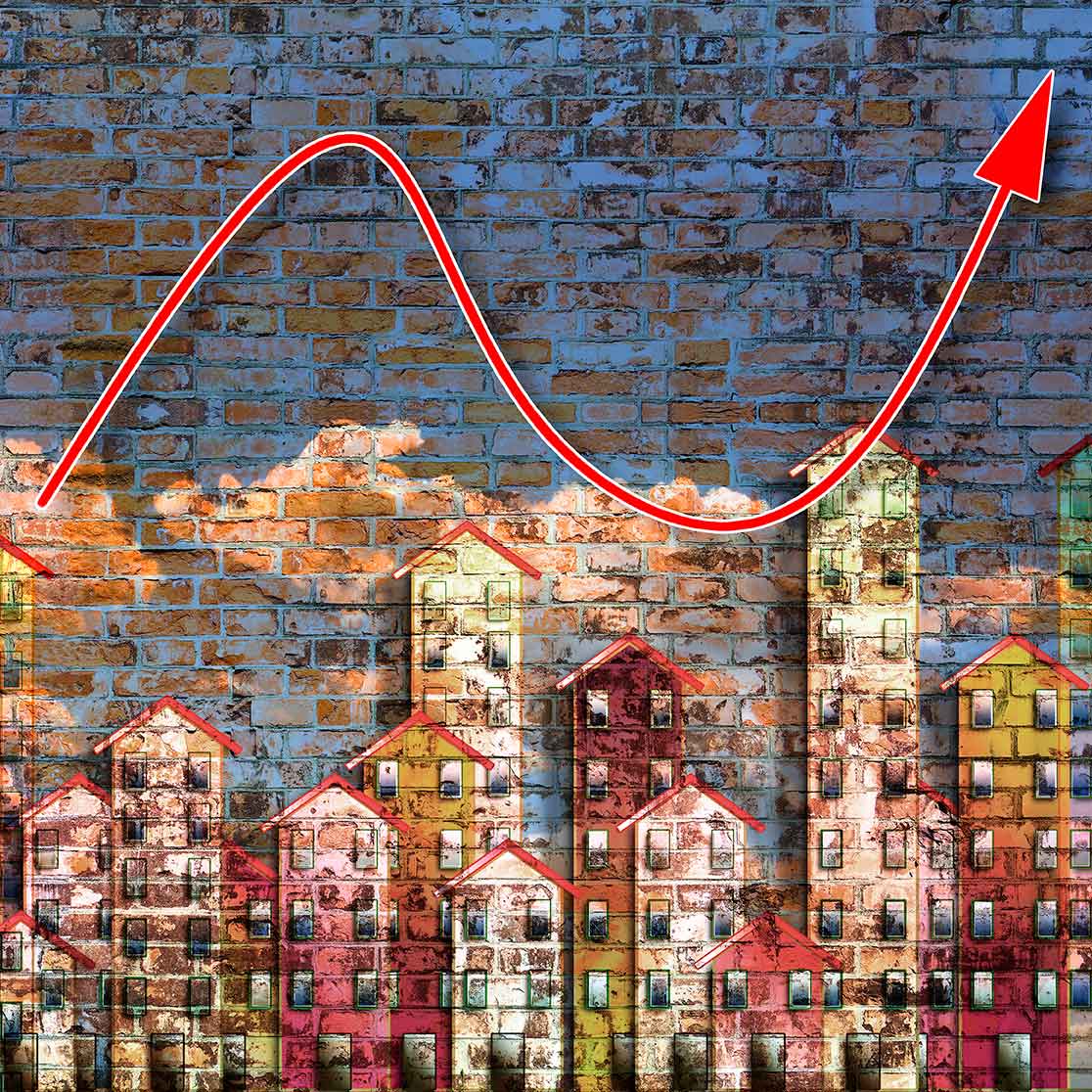If you have ever shopped for a home or sold one, you probably have heard your real estate agent mention that it is either a “buyer’s market” or a “seller’s market.” But what does that mean, and how can you tell which real estate market it is today in the Hilton Head Island area?
Sellers have more power when it is a seller’s market. Homes sell faster; multiple bids for the same home are common; the final price is often higher than the listed price; and buyers might make more concessions in order to elevate their offer above others.
When it’s a buyer’s market, buyers are the ones who have more power. Homes take longer to sell; multiple bids on the same home are scarcer or even disappear; the final price is either near or below the listing price; and sellers are the ones willing to make concessions.
The good news is there are certain things that are happening in the economy—and specifically in the Hilton Head Island area real estate market—that will tell you when it is a seller’s market or a buyer’s market. This will help you know what to expect. Let’s take a look at the differences.
When it’s a seller’s market
One of the first indicators of a seller’s market is the number of homes listed for sale. Real estate agents call this inventory. When real estate inventory is low, that means buyers are competing for few homes, giving sellers an advantage in the marketplace.
Buyer motivation is important to a strong seller’s market. People have to want to buy homes—and the greater their desire, the more they are willing to pay for a home. This is where economic factors can help you identify a seller’s market.
A strong local economy helps strengthen a seller’s market. Local job creation, lower local unemployment, and real wage growth are key indicators of a strong real estate market overall. In the Hilton Head Island area, this is primarily tied to the health of local tourism and local business and also to seasonal tourism patterns (buyers might find better deals during “off-season,” for example).
Rising home prices can also strengthen a seller’s market. Historically low mortgage interest rates boost a seller’s market because lower rates mean more buyers can qualify to purchase a home.
Another key indicator is how quickly homes are selling. Called days on market, this number tells you the average time it takes to sell a home listed on HHIMLS.com. When the days on market number is low (60 is about average nationally for single-family homes), that suggests it is likely a seller’s market.
In a seller’s market, there also are fewer seller concessions. More homes are often sold “as is,” meaning that no matter what a home inspection finds, a seller won’t make adjustments to the sales price or correct issues called out in the report.
Finally, look at the trend in final sales prices. If the trend in average sales prices shows buyers paying more than the listed price, that is another factor that suggests a seller’s market.
When it’s a buyer’s market
High real estate inventory is one of the most important factors needed to create a buyer’s market. It really is supply and demand. When there are more local homes listed for sale for buyers to choose from, they gain control.
The size of the pool of buyers is another critical factor to drive a buyer’s market. Fewer buyers shopping for a home means less competition among buyers. What is happening in both the national economy and your local economy can influence how many people are shopping for a home. This is one reason why Hilton Head Island sellers might want to consider listing during peak tourism season and why buyers might want to think about shopping when things are quieter.
Current mortgage interest rates, as well as any significant movement in interest rates, can have a huge impact on how many people can qualify for a mortgage, which influences the size of the buyer pool. Low mortgage interest rates potentially allow more people to buy a home. But rising rates can have an immediate impact on the number of buyers in the market for a home.
Our local economy also influences the creation of a buyer’s market. A slowdown in job creation, a trend toward higher unemployment, and a slowing of wage growth can limit the number of buyers. Remember, the fewer buyers there are, the more likely it is a buyer’s market.
Home price appreciation or depreciation are two more key indicators that point to buyer’s or seller’s market. Appreciation shows rates of increase, and depreciation shows rates of decline; local home values appreciating more slowly or home appreciation price becoming flat or actually declining all contribute to strengthening a buyer’s market.
Days on market indicates a buyer’s market too; when homes are on the market for longer, that will create pressure on sellers to lower their sales price. Locally, the average days on market for residential and villas on HHIMLS in 2019 was 90 days.
Because sellers have less power in a buyer’s market, they are often willing to make more concessions to sell their home. After a home inspection, in a buyer’s market, sellers are willing to either make an adjustment to the sales price or correct defects found during inspection, such as replacing flooring, carpet, or an aging water heater.
Finally, when homes are selling for less than their listing price, that tells you it is more likely a buyer’s market. The month with the highest ratio of sold price to original list price locally last year was in August at 96 percent, according to HHIMLS.
Other influential factors
Keep in mind that the real estate market transitions from being a seller’s market to a buyer’s market and vice versa. That’s why you need to focus on trends. Your local real estate agent (who is a member of HHIMLS) has easy access to information that will help you see the trends that indicate when a market is shifting.
Seasonal buying patterns also can cause small shifts in the marketplace. More homes are often listed for sale beginning in the spring, for example, with fewer homes listed at the beginning of a new year, historically. Plus, December can often bring a bump in home sales, often as a result of the influence of tax consequences on the sale of a home.
This proves true locally. In the Hilton Head Island area, our lowest inventory months are May-August and December. Historically, March has the highest number of new listings.
A professional real estate agent can help you understand the opportunities available to you—whether it is a seller’s market or a buyer’s market—and keep you well informed of what you want to know. Because they are members of HHIMLS, they have the best, most trustworthy, reliable and up-to-date information available on your local real estate market.



